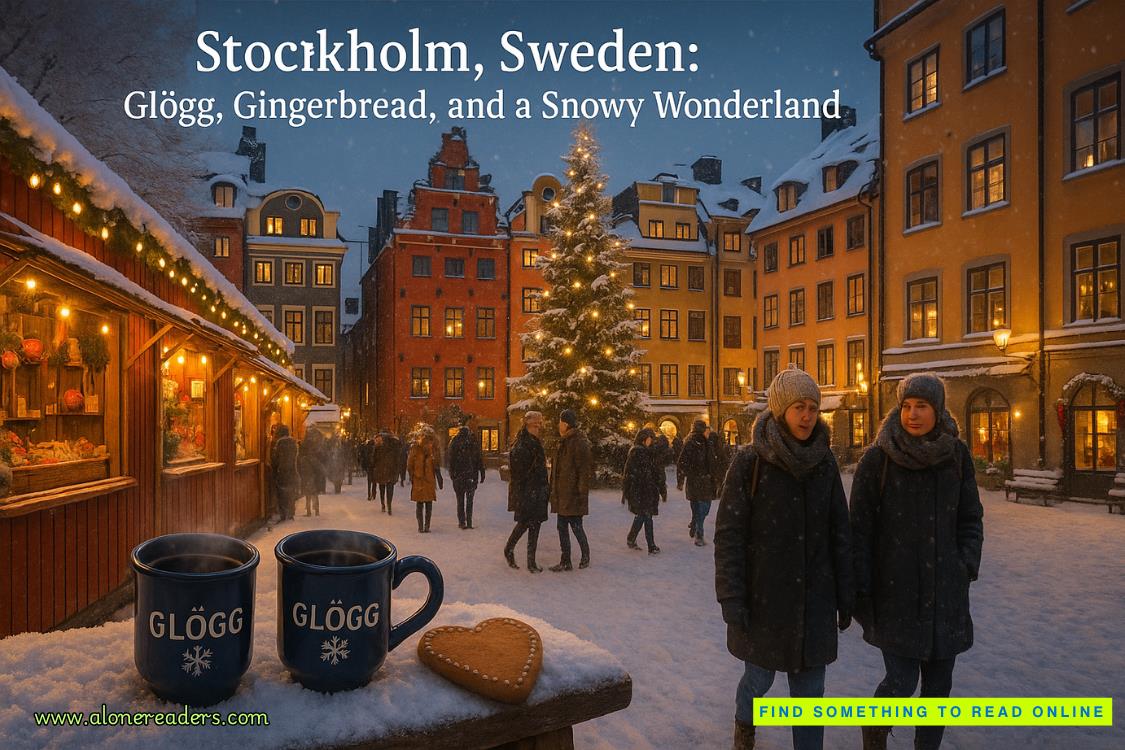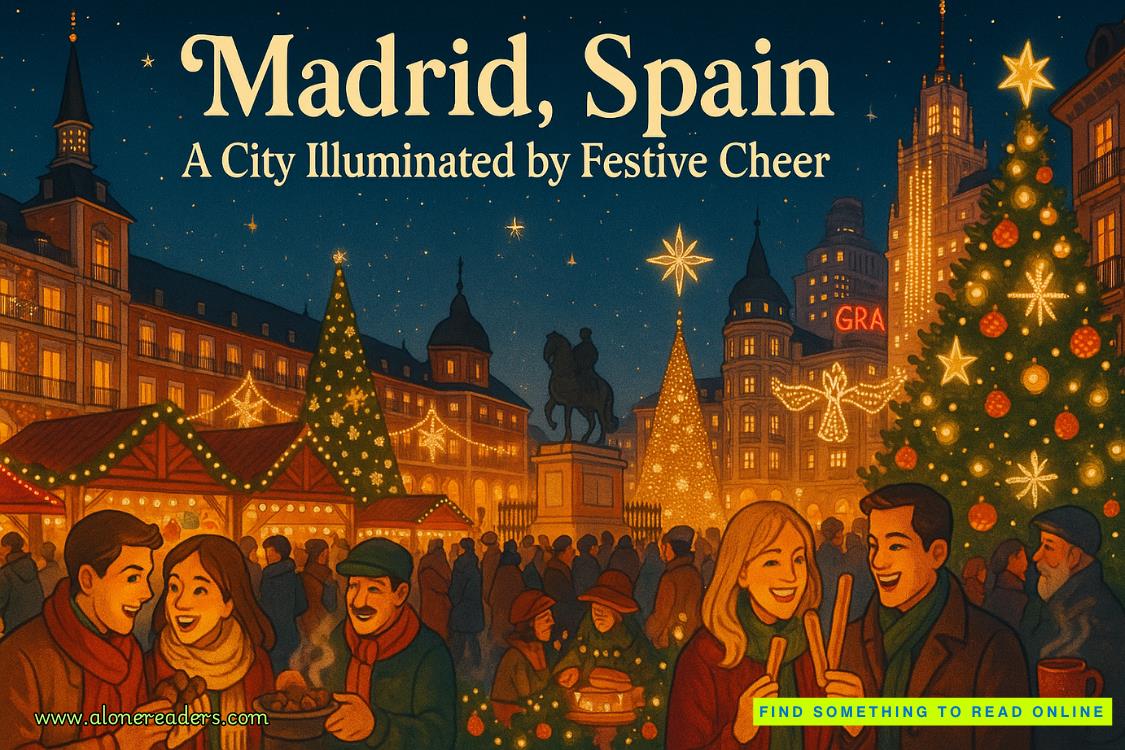Page 10 of Bittersweet Valentine
to center myself. The historic ballroom had been transformed overnight—six pristine workstations arranged in a semicircle, each equipped with tempering machines, marble surfaces, and the tools needed for chocolate artistry. The morning light streamed through tall windows, catching on copper pots and polished equipment, while fresh snow fell silently outside.
My judging forms lay before me, each criterion carefully considered: creativity would count for forty percent, technical execution thirty, presentation twenty, and overall impact ten. Simple numbers that couldn't possibly capture the magic that happened when skill met inspiration, when tradition met innovation, when past met present in a dance of sugar and spice.
The other judges arrived gradually—Pierre Lambert, a renowned pastry chef from Montreal; Elizabeth Ford, food editor for New England Living; and locally, Granny Mae herself, whose decades of experience made her the perfect voice for tradition. We discussed our approach, agreeing that while technical skill mattered, this round was about pushing boundaries while respecting the foundations of chocolate craft.
"Quite the turnout," James Chen commented as contestants began arriving, adjusting his chef's whites. "Though I suppose having a panel of celebrity judges will do that."
The crowd gathering in the ballroom reflected Kings Valley's investment in the competition—local food writers, chocolate enthusiasts, and what seemed like half the town's population. Their whispered conversations created a low hum of anticipation that filled the historic space. Through the tall windows, I could see more people arriving, drawn by the promise of witnessing something extraordinary.
Each contestant's station told a story even before they began working. Maria Santos had arranged her ingredients with surgical precision—local honey in delicate jars, dried lavendercarefully measured, each tool aligned perfectly. Thomas Green's setup was classically simple, though the fresh mint from his greenhouse added bright notes to the cocoa-scented air. James's station featured elements from his Asian heritage – matcha powder, crystallized ginger, even a small jade lucky charm his grandmother had given him.
But it was Kandi's station that drew my eye again and again.
She worked with the confidence of someone who knew exactly what story she wanted to tell. Her spices were arranged in small glass bowls—cardamom pods, cinnamon sticks, and most intriguingly, vibrant red cayenne pepper. There was something different about her today – a quiet certainty that made my professional detachment waver.
The two hours passed in a symphony of creation—the soft scrape of spatulas, the gentle hum of tempering machines, the occasional murmur of concentration. When time was called, each contestant had produced something unique. Maria's honey-lavender truffles were elegant and refined, each piece a testament to classical French training reimagined with local ingredients. James's Asian pear confections showed technical skill and cultural fusion, the delicate fruit flavor playing beautifully with matcha-infused ganache. Thomas's mint creation was classical with a modern twist, the familiar flavor elevated by unexpected texture.
Then came Kandi's turn.
She'd created a sequence of chocolates, each one building on the last. The presentation was stunning—dark chocolate spheres decorated with swirls of gold, arranged in a spiral pattern that drew the eye inward. Each piece was perfectly set, the shells thin but strong, the decoration meticulously applied. Even before tasting, I knew this was something special.
"The collection is called 'Coming Home,'" she explained to the judges and audience. Her voice was steady, professional, but I caught the subtle tremor in her hands as she gestured to her creation. "Each piece tells part of a story through flavor. They're meant to be eaten in order, and..." She glanced at me with that hint of mischief again. "I recommend small bites."
I selected the first candy, noting its perfect temper and elegant finish. The shell gave way with a clean snap, releasing the first wave of flavor—pure dark chocolate, rich and familiar, with vanilla notes that bloomed slowly on the tongue. It was comforting, like returning home after a long journey. Just as I was appreciating the balance, the spices began to emerge—first cardamom, warming and complex, then cinnamon adding depth and memory.
Then came the heat.
It built gradually, the cayenne warming rather than burning, making each subsequent flavor more intense. The progression was masterfully done—from comfort to complexity to gentle fire. Like the process of aging and the realization that nothing remains untouched by time.
The other judges reacted with varying degrees of surprise and appreciation. Pierre muttered something in French that sounded impressed. Elizabeth was already making notes, her pen moving quickly. And Granny Mae...Granny Mae just smiled, as if she'd expected nothing less.
The second chocolate built on the first, adding new layers of flavor that spoke of growth and change. The third brought everything together in a finale that left me simultaneously impressed and uncomfortably warm. It was technically brilliant, creatively daring, and somehow deeply personal.
I watched the other contestants taste Kandi's work, noting their reactions. James nodded appreciatively, recognizing theskill in balancing such bold flavors. Maria seemed particularly impressed by the progressive nature of the tasting experience. Even Thomas, usually stoic, raised his eyebrows at the lingering heat.
When all the scores were tallied, there was no surprise in seeing Kandi's name at the top. She'd taken a risk, executed it perfectly, and turned spice into storytelling. The audience burst into applause when the results were announced, and I noticed several local restaurant owners making notes. The Chocolate Hart would likely see an increase in business after this.
"Impressive work," I said later, catching her as she packed up her station. The audience had dispersed, leaving just a few people milling about the ballroom. "The progression of flavors was...evocative."
"That was the point." She carefully wrapped her spice jars in padded cloth, each one tucked away like a secret ingredient in our shared history. "Some things are meant to linger."
"Like cayenne on the tongue?"
She met my gaze steadily. "Like the way some choices follow you home, even years later."
I watched her finish packing, thinking about choices and consequences. About how sometimes innovation isn't about creating something entirely new but about finding fresh ways to tell old stories. About how some flavors—some feelings—refuse to fade, no matter how much time or distance you put between them.
Back in my room at the Queens Inn, I sat down to write my official notes on the innovation round. Professional words about technique and creativity filled the page, but they felt inadequate. How could I capture the way those chocolates told a story? How could I explain that the real brilliance wasn't in the combinationof ingredients but in the way they built on each other, like grains of sands that over time created the majesty of mountains?
Outside my window, Kings Valley sparkled under fresh snow. Across the street, lights still burned in The Chocolate Hart, where I knew Kandi would be preparing for tomorrow's rush, crafting more memories in sugar and spice. And somewhere between the technical perfection of her work and the creative fire of her permutations, I found myself wondering if maybe there was room for both tradition and progress, for both leaving and coming home, for both professional distance and personal truth.
The signature round was still to come. But tonight, with the taste of cayenne still warming my tongue, I had to admit: some metamorphoses changed more than just chocolate. Some changed the way you saw everything—including yourself.
Chapter Seven
Kandi
The week before the final round of the competition transformed The Chocolate Hart into a creative whirlwind. Every surface held sketches, test pieces, and experiments for my signature showpiece. Valentine's Day was three days away, and I had something to prove—not just to the judges, but to myself.















